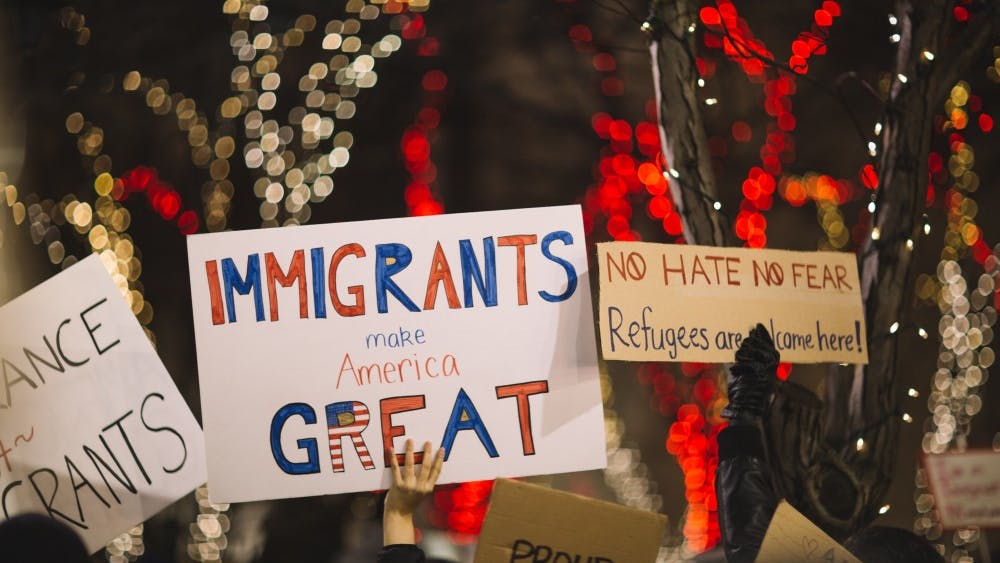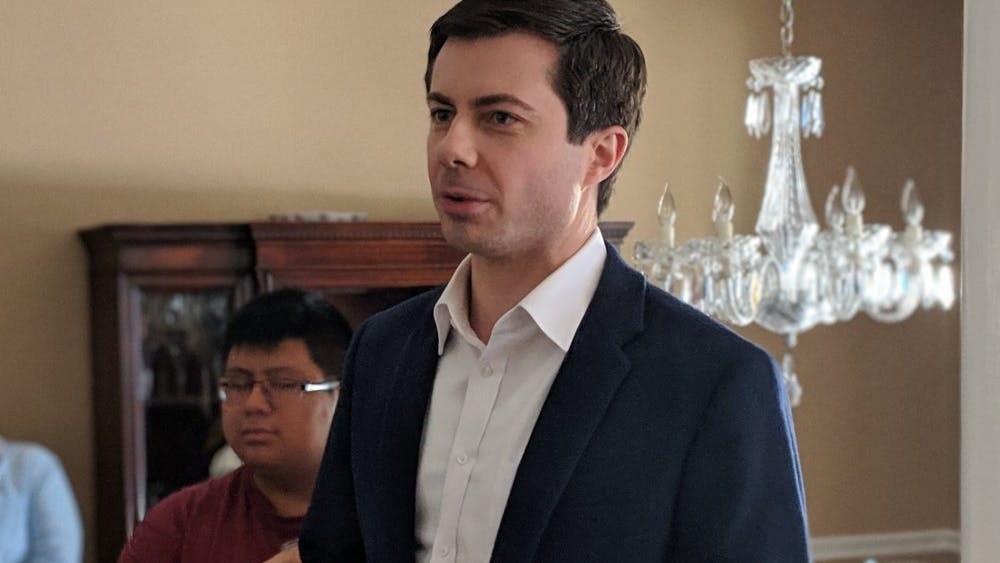In the 2018 midterm elections, 57.5% of registered Michigan voters cast a ballot. This was an increase from the 42.8% that voted in the 2014 midterms. The uptick can be attributed to the dislike of President Trump but what also energized voters were two popular ballot proposals: anti-gerrymandering proposition two and proposition one, which legalized recreational marijuana. These initiatives brought many to the polls who might have stayed home, providing a blueprint on exactly what the Democrats need to do in Michigan and across the country to ensure victory in 2020.

Young voters have an abysmal record of coming out to vote, especially in midterms. In 2018, 36% of 18 to 29-year-olds cast a ballot. While this is low, it was a massive improvement from the 20% that voted in 2014. Presidential elections get better youth turnout. In 2016, 46% of 18 to 29-year-olds voted.
The increased turnout of young voters in 2018 showed that the Democrats should win Michigan in 2020. Anti-Trump sentiment is clearly one reason the increased turnout. Ballot initiatives, however, gave people more than just a vote against Trump but a vote on a specific policy.
Such proposals are not tied to a candidate or a party. Voting for a governor or a senator simply does not have the same sense of real-world impact as voting for or against recreational marijuana or raising the minimum wage does. Raising the minimum wage has a direct impact on the daily lives of millions of people in a way a governor does not. It is something that gets people energized.

Ballot initiatives show that the American public is much less partisan and conservative than is often portrayed. Most voting districts within our two-party system are solidly red or blue, silencing many voices and killing excitement around politics. Ballot initiatives are a remedy to this, mainly because they are ideological and not partisan.
This is why the Democrats should use them, because ballot proposals often gain the support of left wing voters who do not participate in the political process, or Republicans who lean left on certain issues. Initiatives that propose raising the minimum wage for example, a left wing policy, are often approved in strongly conservative states.
Both Arkansas and Missouri, two deeply conservative states, approved ballot proposals incrementally raising the minimum wage over the coming years in 2018. Missouri will raise it to $12 an hour by 2023 and Arkansas to $11 by 2021. This shows that the true beliefs of many citizens are not represented completely by either party.
The recreational marijuana and anti-gerrymandering ballot initiatives energized voters in Michigan in 2018 but what would work in 2020? Two come to mind. The first initiative should propose raising the minimum wage to $15 an hour. Now, legislation increasing it to $12 has already been passed but former Gov. Rick Snyder, in one of his final moves, amended the bill so that the increase slowly goes into effect until 2030.
That is far too long of a wait. The minimum wage should be increased to $15 an hour by 2023. This is a sure-fire way to increase turnout, as approval would put cash in the hands of hundreds of thousands of Michigan residents.
The second initiative should propose shutting down the Enbridge Line 5 oil pipeline that runs through the Straits of Mackinac. This oil pipeline represents an extreme environmental risk to the Great Lakes and the Michigan economy. The economic benefits of the pipeline are far outweighed by these risks. Enbridge is a Canadian corporation and this pipeline is just a way for it to quickly ship oil to Ontario. The proposal would increase the youth vote, as environmental issues are becoming increasingly important.
If the Democrats want to ensure that they win Michigan in 2020 and bring in new voters of all ages who often stay home on election day, ballot proposals are the way to do this. The higher the voter turnout, especially among 18 to 29-year-olds, the better things look for the Democrats. This is not only true in Michigan but throughout the entire country.










